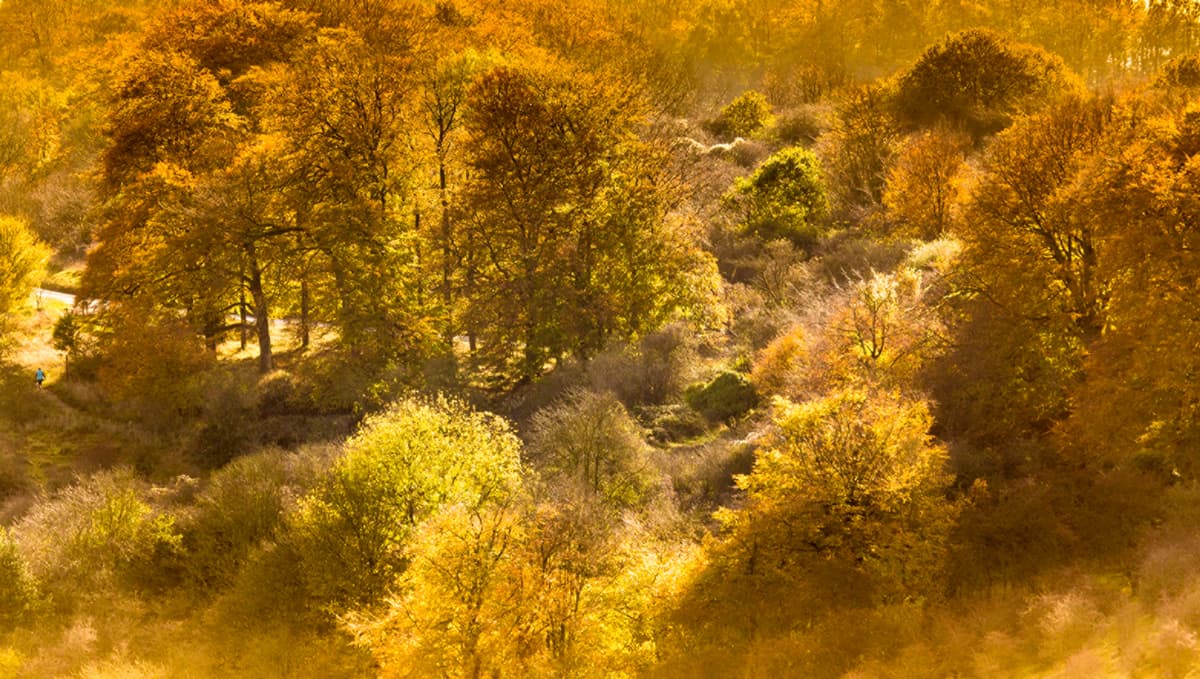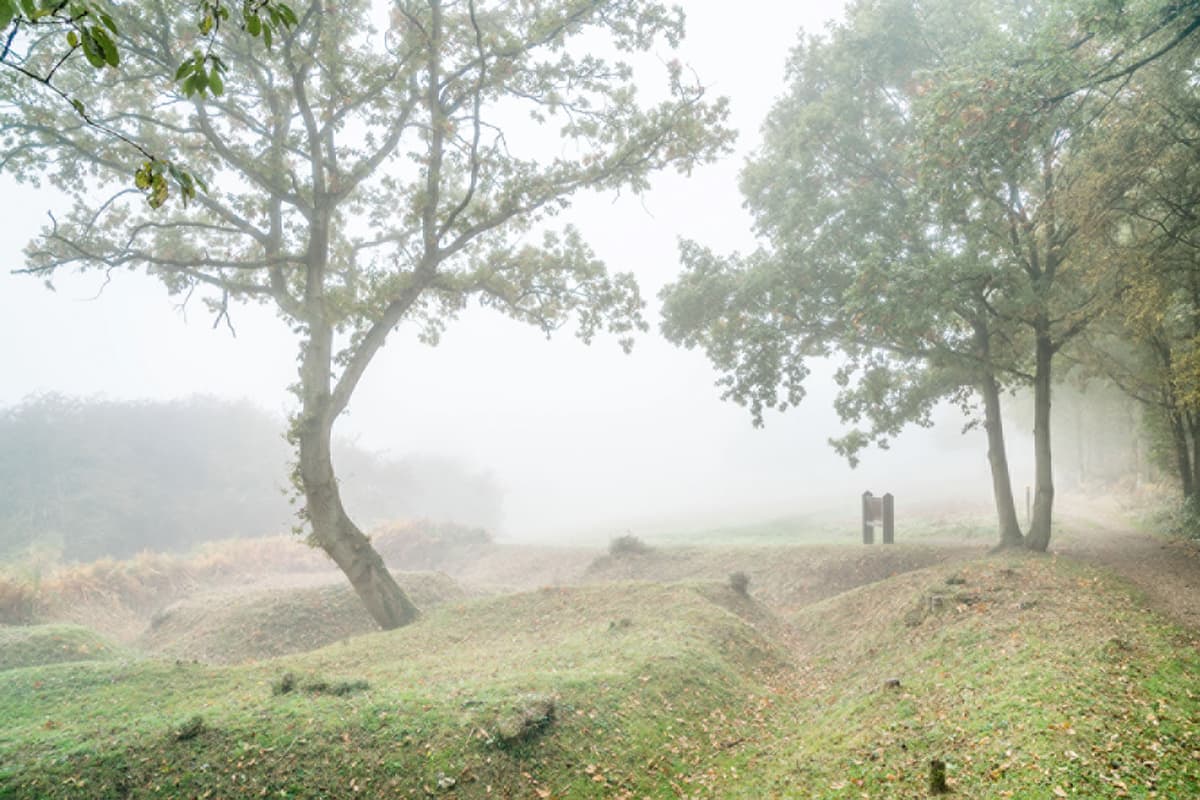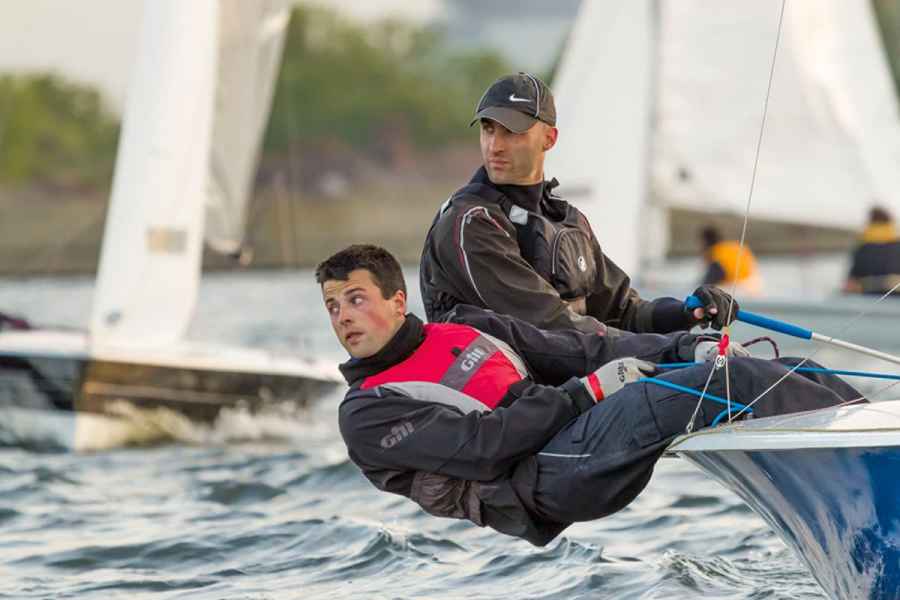1. Shoot JPEGs
Shooting JPEGs allows you to increase the burst rate for your camera, extend the number of photos on a card and speed up import (and editing) times. But you need to get as many things right in-camera as possible. If you’re shooting a city scene at twilight, for example, you need to choose between daylight or tungsten white balance, because you won’t be able to adjust this so easily during post-processing.

2. Customise your camera buttons
It may be possible to assign frequently used settings to specific buttons, or edit a single quick function list display. The options available will depend on the specific make and model of your camera (see pages 34-36 for our guide to Canon customisation options), but familiarising yourself with the menu layouts and custom options will help you to work much more efficiently.
3. Improve camera access
The simple accessibility of your camera is an important factor. A good camera bag should provide fast access to your equipment, without compromising on safety. Things like quick-release catches and adaptable dividers make all the difference. In addition, sling-style camera straps allow you to carry your camera comfortably at waist level, and lift it to your eye quickly when a photographic opportunity arises

4. Make the most of what you’ve got
If your zoom isn’t wide enough, you can always stitch photographs taken at the widest angle together to increase the area of view. Tip the camera on its side, shoot a panoramic sequence and then use stitching software to merge the photos to achieve a single extra-wideangle view.

A single wideangle shot
5. Give yourself a break
The program exposure mode is actually a good default setting for the beginning of any trip, along with setting the camera to autofocus and auto white balance modes. Do this and your camera will be primed and ready to shoot at a moment’s notice. As you settle into taking more important shots, you can override the auto settings and work in manual mode.
6. Explore different autofocus options
There will most likely be several autofocus modes to choose from on your camera. It is usually best to select a multi-zone setting for general shooting and a targeted focus setting for specific shooting tasks. When covering a sports-car race, for example, it would be best to select a central focus auto setting.

7. Use a zoom lens
The best zooms now perform as well as primes, and using one means that you don’t have to waste time changing lenses. The main limitation, however, is that zooms generally have smaller maximum apertures than prime lenses. When you’re choosing one, think about all the subjects you might conceivably shoot, and ensure that your needs are covered.

8. Don’t be afraid to use auto ISO
Don’t shy away from using auto settings – many of them will make your life easier, without compromising on quality. Leaving ISO set to auto, for example, will give you maximum flexibility when it comes to shutter speed and aperture settings. Built-in noise-reduction features mean that unsightly artefacts are now much less of an issue.
All images © Martin Evening, with permission









